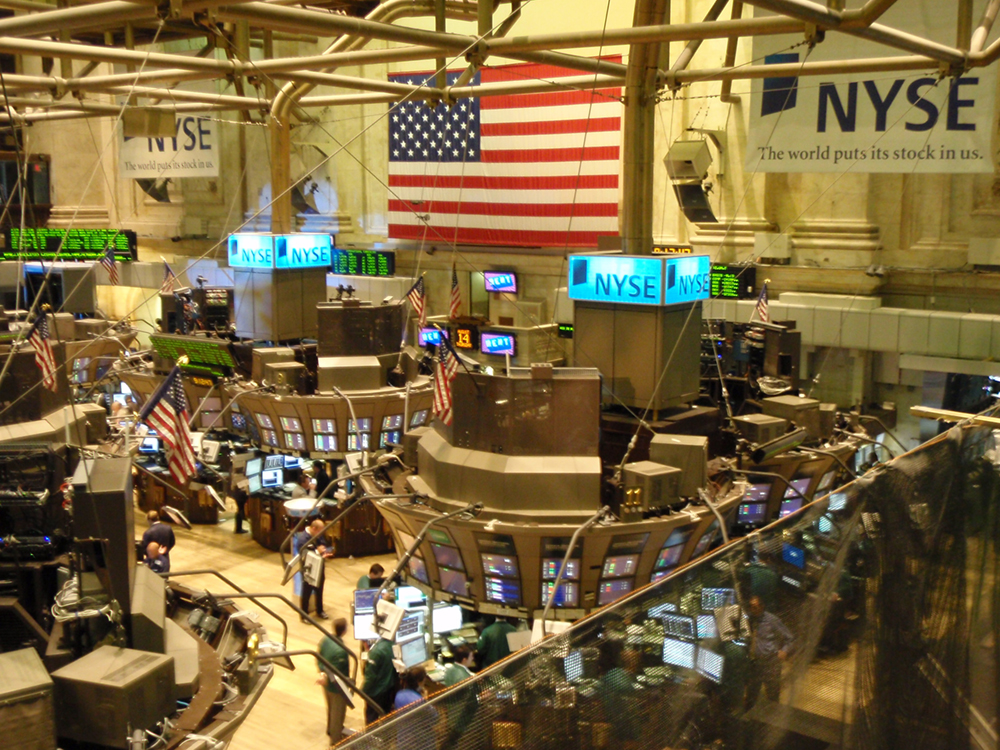| << Chapter < Page | Chapter >> Page > |
The Industrial Revolution modernized the world. With growing resources came growing societies and economies. Between 1800 and 2000, the world’s population grew sixfold, while per capita income saw a tenfold jump (Maddison 2003).
While many people's lives were improving, the Industrial Revolution also birthed many societal problems. There were inequalities in the system. Owners amassed vast fortunes while laborers, including young children, toiled for long hours in unsafe conditions. Workers’ rights, wage protection, and safe work environments are issues that arose during this period and remain concerns today.
Postindustrial societies, also known as information societies, have evolved in modernized nations. One of the most valuable goods of the modern era is information. Those who have the means to produce, store, and disseminate information are leaders in this type of society.
One way scholars understand the development of different types of societies (like agricultural, industrial, and postindustrial) is by examining their economies in terms of four sectors: primary, secondary, tertiary, and quaternary. Each has a different focus. The primary sector extracts and produces raw materials (like metals and crops). The secondary sector turns those raw materials into finished goods. The tertiary sector provides services: child care, health care, and money management. Finally, the quaternary sector produces ideas; these include the research that leads to new technologies, the management of information, and a society’s highest levels of education and the arts (Kenessey 1987).
In underdeveloped countries, the majority of the people work in the primary sector. As economies develop, more and more people are employed in the secondary sector. In well-developed economies, such as those in the United States, Japan, and Western Europe, the majority of the workforce is employed in service industries. In the United States, for example, almost 80 percent of the workforce is employed in the tertiary sector (U.S. Bureau of Labor Statistics 2011).
The rapid increase in computer use in all aspects of daily life is a main reason for the transition to an information economy. Fewer people are needed to work in factories because computerized robots now handle many of the tasks. Other manufacturing jobs have been outsourced to less-developed countries as a result of the developing global economy. The growth of the internet has created industries that exist almost entirely online. Within industries, technology continues to change how goods are produced. For instance, the music and film industries used to produce physical products like CDs and DVDs for distribution. Now those goods are increasingly produced digitally and streamed or downloaded at a much lower physical manufacturing cost. Information and the wherewithal to use it creatively become commodities in a postindustrial economy.


Notification Switch
Would you like to follow the 'Introduction to sociology' conversation and receive update notifications?